Optimal Timing for Land Clearings
Land clearings involve removing trees, brush, and debris to prepare a site for development, agriculture, or other land use. Proper timing can improve efficiency, reduce costs, and minimize environmental impact. Understanding seasonal patterns and weather conditions helps determine optimal periods for land clearing projects.
In Dawsonville, Georgia, the best time for land clearings typically aligns with periods of dry weather and moderate temperatures. This reduces the risk of soil erosion, equipment delays, and complications caused by excessive moisture or extreme temperatures. Planning during suitable months can lead to smoother operations and better results.
Spring offers moderate temperatures and increasing daylight, making it suitable for land clearing before the heat of summer. It allows for quick work and preparation for planting or construction.
Late fall can be ideal due to cooler temperatures and decreased rainfall. It provides ample time for site stabilization before winter.
Summer can bring heat and drought conditions, complicating land clearing. Winter may involve frozen ground and increased moisture, which can hinder equipment and cause delays.
Dry conditions are essential for effective land clearing. Excessive rain can lead to muddy terrain and equipment issues, while drought reduces soil stability.

Heavy machinery removing trees and brush efficiently during dry weather.
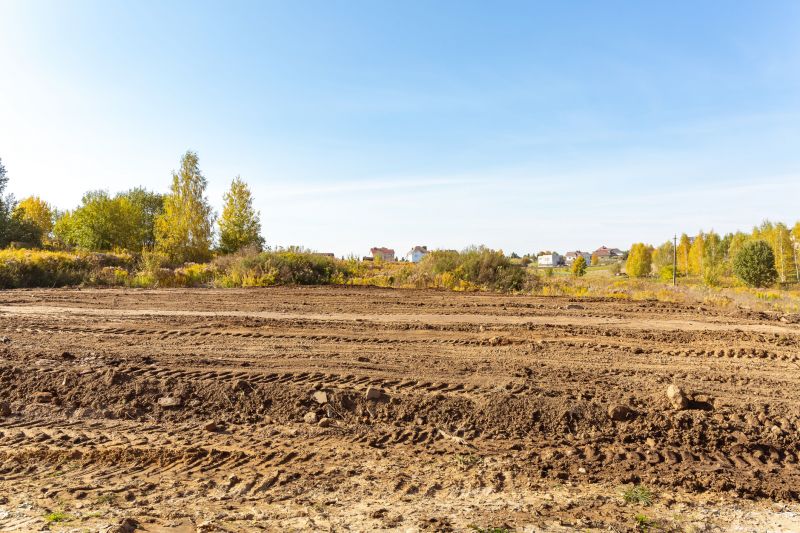
Cleared land ready for construction or planting, showcasing optimal timing.
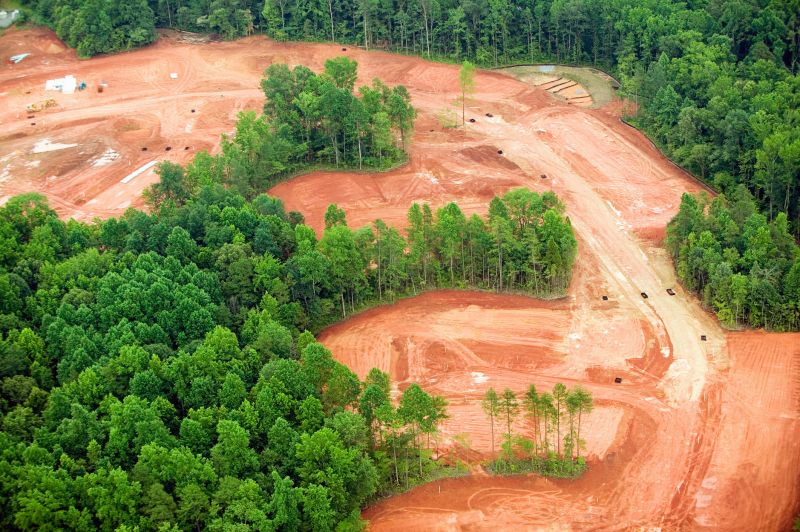
Depiction of land clearing activities in different seasons.
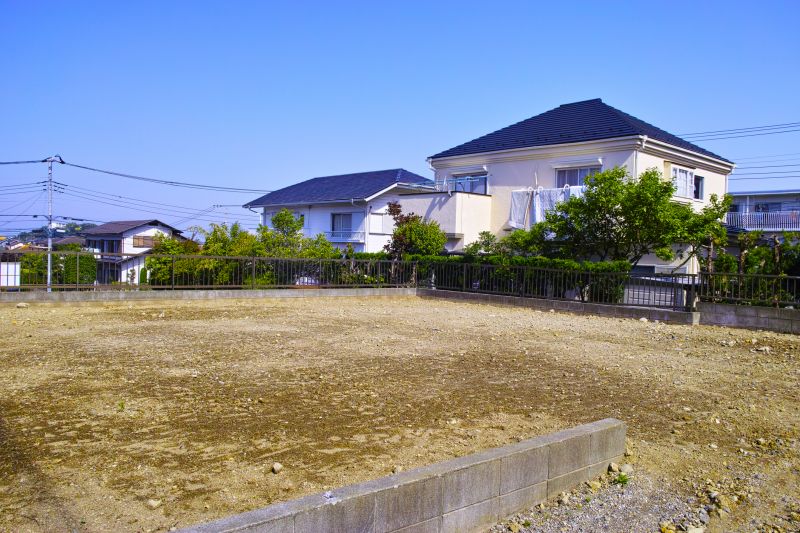
Ways to make Land Clearings work in tight or awkward layouts.
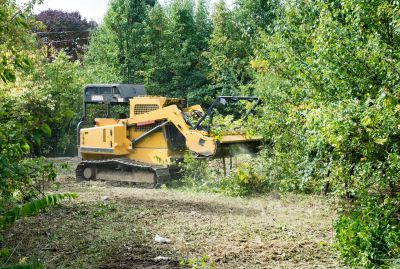
Popular materials for Land Clearings and why they hold up over time.

Simple add-ons that improve Land Clearings without blowing the budget.

High-end options that actually feel worth it for Land Clearings.
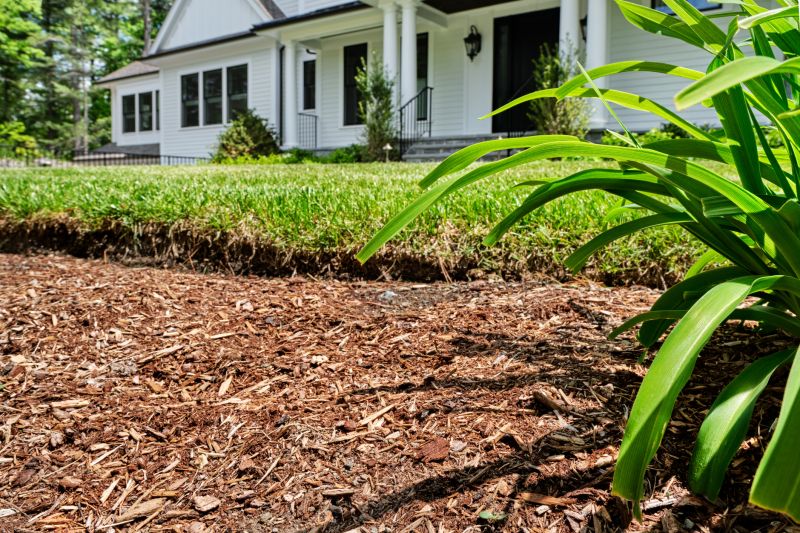
Finishes and colors that play nicely with Land Clearings.
| Season | Advantages |
|---|---|
| Spring | Moderate weather, longer daylight hours, early site preparation. |
| Late Fall | Cooler temperatures, less rain, good for site stabilization. |
| Summer | Not recommended due to heat and drought conditions. |
| Winter | Frozen ground may hinder equipment, increased moisture. |
| Ideal Conditions | Dry soils, moderate temperatures, minimal rainfall. |
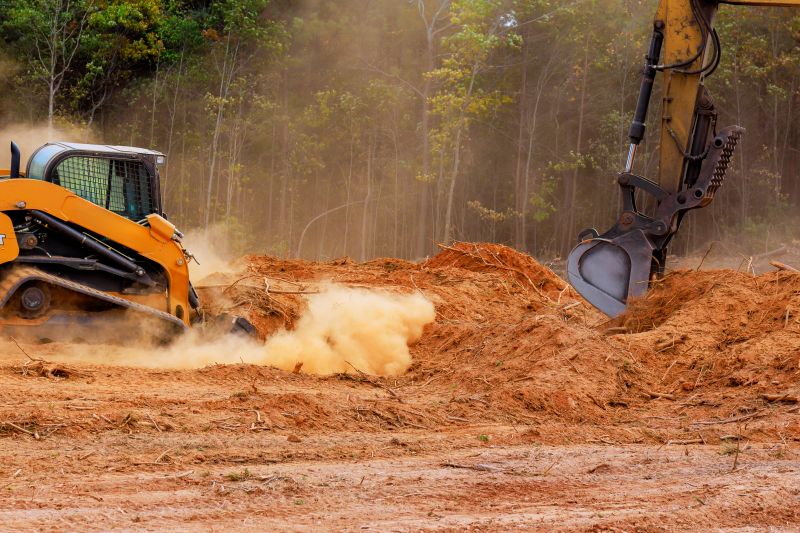
Heavy equipment working on a dry, clear site.
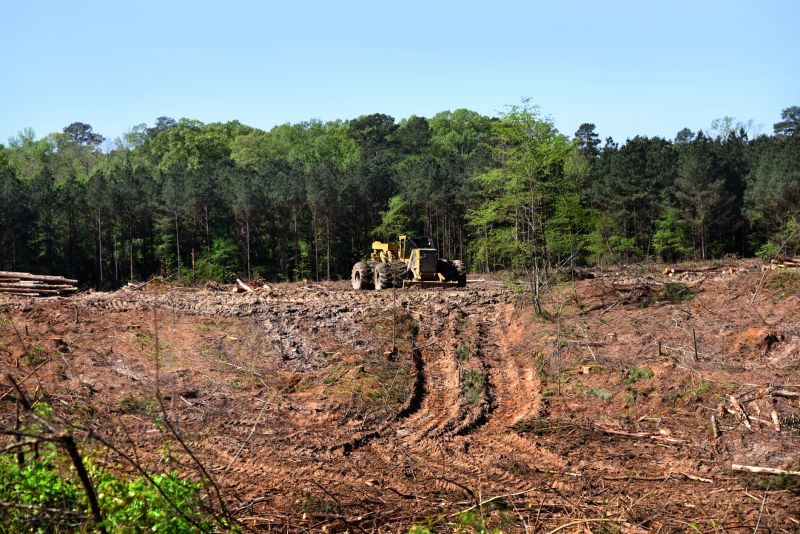
Open space prepared for development or planting.
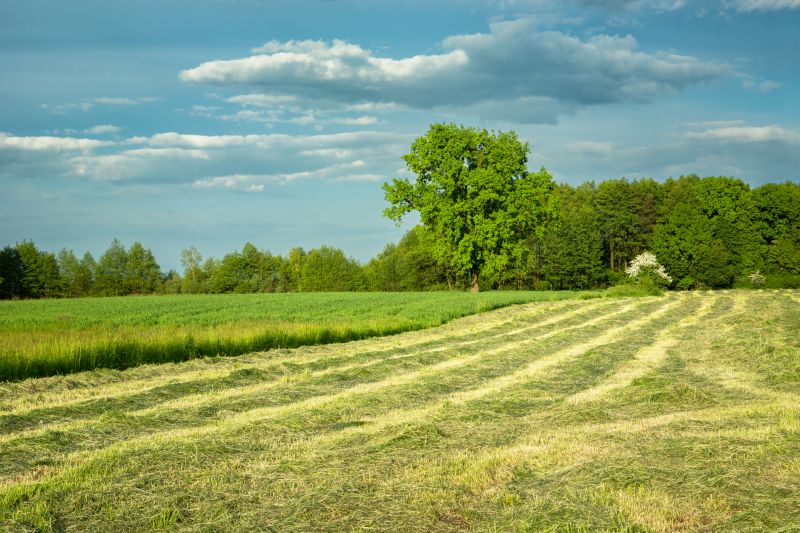
Visual comparison of land conditions across seasons.
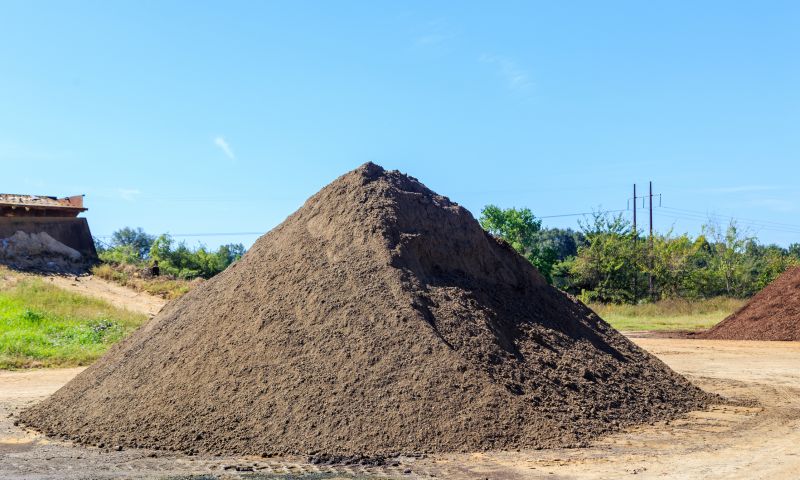
Local terrain suitable for land clearing projects.

Little measurements that prevent headaches on Land Clearings day.
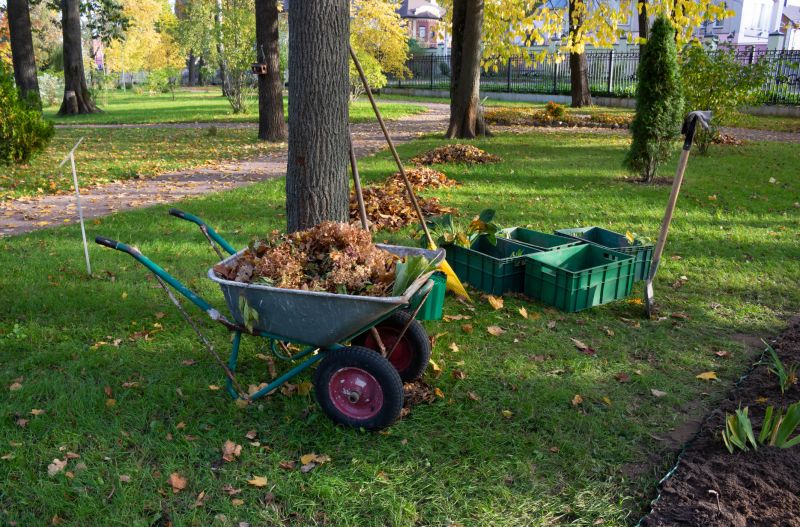
A 60-second routine that keeps Land Clearings looking new.
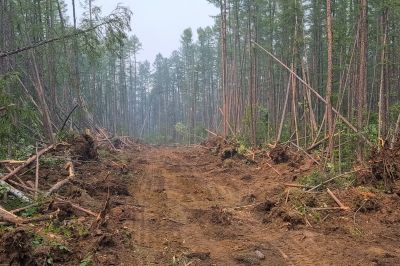
A frequent mistake in Land Clearings and how to dodge it.

Small tweaks to make Land Clearings safer and easier to use.
Timing land clearings appropriately can enhance project efficiency and reduce operational challenges. Considering local climate patterns and soil conditions ensures optimal results and minimizes delays. Planning ahead based on seasonal trends is essential for successful land management in Dawsonville, Georgia.
For those interested in scheduling land clearing services or seeking further information about the best timing for specific projects, filling out the contact form can provide tailored guidance and assistance.


